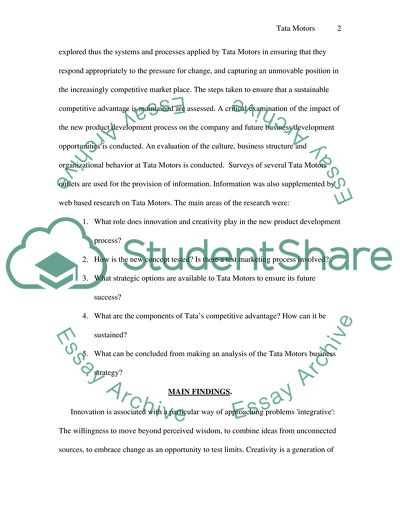Cite this document
(“Tata Motors Essay Example | Topics and Well Written Essays - 3000 words”, n.d.)
Tata Motors Essay Example | Topics and Well Written Essays - 3000 words. Retrieved from https://studentshare.org/engineering-and-construction/1544320-tata-motors
Tata Motors Essay Example | Topics and Well Written Essays - 3000 words. Retrieved from https://studentshare.org/engineering-and-construction/1544320-tata-motors
(Tata Motors Essay Example | Topics and Well Written Essays - 3000 Words)
Tata Motors Essay Example | Topics and Well Written Essays - 3000 Words. https://studentshare.org/engineering-and-construction/1544320-tata-motors.
Tata Motors Essay Example | Topics and Well Written Essays - 3000 Words. https://studentshare.org/engineering-and-construction/1544320-tata-motors.
“Tata Motors Essay Example | Topics and Well Written Essays - 3000 Words”, n.d. https://studentshare.org/engineering-and-construction/1544320-tata-motors.


